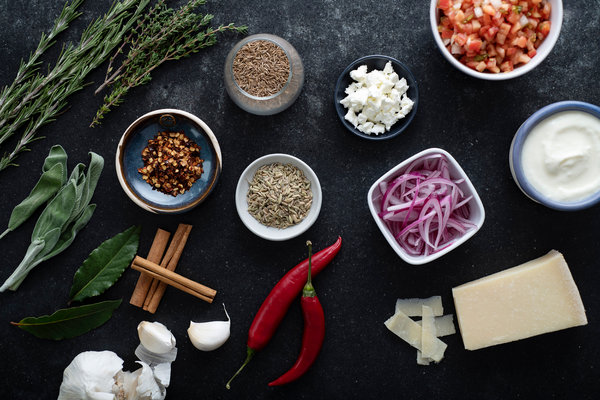Do the most with what you have on hand with these smart tips for swaps.
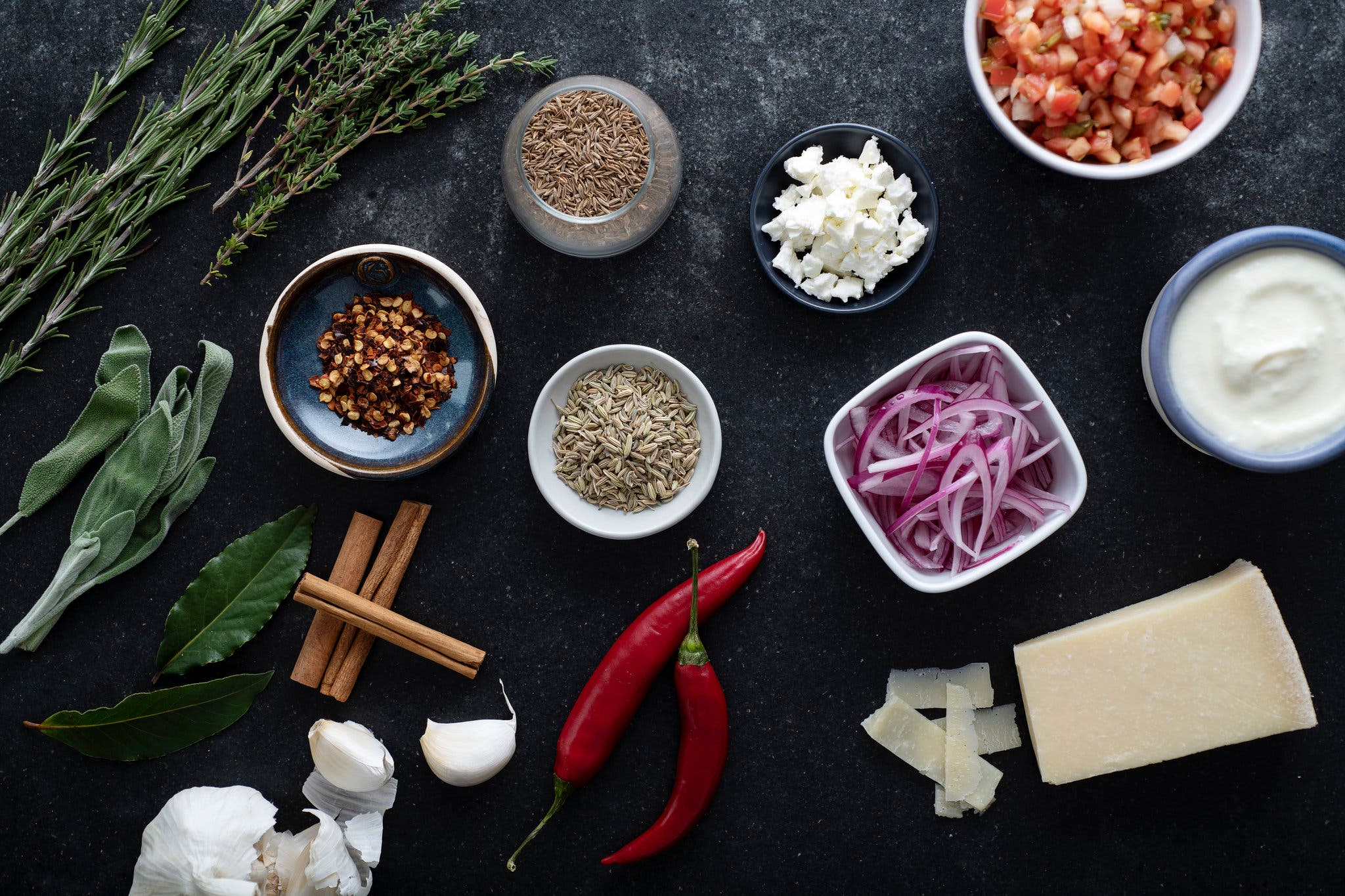
Karsten Moran for The New York Times
[This article was originally published on April 11, 2020.]
The most important skill in the kitchen — and, arguably, life — is adaptability. The list below, by no means comprehensive, is meant to help you replace ingredients with confidence. Every alternative listed may not work in every case, especially when it comes to baking. But by considering texture, flavor and cook time, and making decisions according to taste, you’ll greatly expand your options — and may end up with a dish you like even more.
Cheeses

Lauren Lancaster for The New York Times
There are so many cheeses it’s impossible to cover them all. When substituting a cheese, think about its purpose: Will it melt evenly in a pasta sauce or spread easily on toast? If using it as a key ingredient, swap in a cheese with a similar texture, but if using it as an accent, there’s much more flexibility. Here are widely available cheeses (predominantly cow’s milk) broken into broad categories:
-
Fresh, unripened cheese (soft and wet): Cottage cheese, cream cheese, fromage blanc, ricotta
-
Soft-ripened cheese (creamy): Brie, Camembert, Pont l’Evêque, taleggio
-
Semifirm or semisoft cheeses: Cheddar, Colby, Edam, fontina, Gouda, Havarti, Jarlsberg, Monterey Jack, mozzarella, Muenster, pepper Jack, Port-Salut, Swiss
-
Hard aged cheeses: Asiago, Comté, Gruyère, Manchego, Parmesan, pecorino
Dairy
Flavor and texture are important considerations when substituting dairy products. When working with liquids, you can easily doctor consistency, thickening milk with a little flour or cornstarch to mimic half-and-half or thinning out Greek yogurt with water to replicate milk. The ingredients in bold below are ordered from thinnest to firmest, with the suggested substitutions following; if you don’t have the desired substitute, move up or down the list.
-
Milk: Half-and-half or heavy cream thinned with water, evaporated milk, light coconut milk, light cream, oat milk, nut milk, soy milk.
-
Half-and-half: Thicken milk with a little cornstarch or flour (about 1 tablespoon per cup of liquid) or thin heavy cream with a splash of water.
-
Heavy cream: For 1 cup heavy cream, use ¾ cup milk and ¼ cup melted butter, or thicken 1 cup milk with 1 to 2 tablespoons cornstarch or flour. (Whisk milk into cornstarch or flour little by little.) Coconut milk, coconut cream (beware of increased sweetness), or cream cheese whisked with a little water also work. Note: Dairy alternatives won’t whip into fluffy whipped cream.
-
Buttermilk: For 1 cup buttermilk, add 1 tablespoon fresh lemon juice (or a light vinegar, such as white, white wine or champagne) to a measuring cup and add enough milk to reach 1 cup. Alternately, thin one part yogurt, sour cream or other creamy dairy product with one part milk, or thin two parts yogurt or other creamy dairy product with one part water.
-
Butter: If using butter to conduct heat, as in pan-frying, use olive oil or other fats. For flavor substitutions, like butter in risotto or polenta, a number of creamy options like heavy cream or mascarpone will work.
-
Creamy dairy products: Tangy, textural ingredients like crema, crème fraîche, mascarpone, Neufchâtel, Quark, queso fresco, sour cream or yogurt of any variety can be used interchangeably.
Egg Substitutions in Baking

Sang An for The New York Times. Food Stylist: Simon Andrews.
Substituting eggs in cooking and baking can be a tad tricky. You’d be hard-pressed to replace the singular delight of a runny yolk on a sunnyside-up egg, or the crunch of a Pavlova made from whipped egg whites. Broadly speaking, if eggs make up the bulk of a dish, there is no universal rule to replace them. But when it comes to baking, small amounts of eggs are easily, even miraculously, replaceable. The options below are appropriate substitutes for 1 whole large egg (about 50 grams).
-
Mashed fruit and vegetable purées: Mashed bananas, applesauce and even canned pumpkin purée can replace eggs in some baking recipes, imparting subtle fruit flavor and adding moisture. Swap in 50 grams (about 3 tablespoons) for 1 large egg.
-
Dairy and coconut milk: Yogurt, buttermilk, canned coconut milk and other rich, creamy dairy or nondairy products can easily bind baked goods. Swap in 50 grams (about 3 tablespoons) for 1 large egg.
-
Aquafaba: The viscous, faintly nutty liquid from a can of chickpeas can bind ingredients in baked goods, much like eggs do, with light, springy results. Use 57 grams/¼ cup chickpea liquid to replace 1 large egg. (It can also be whipped until fluffy, like egg whites; more info on that approach here.)
-
Flax seeds: For the fluffiest results, a mixture of flax seeds and water works wonders, yielding less dense results than fruit and vegetable purées, coconut milk or dairy products. Mix 1 tablespoon/7 grams ground flaxseeds with 3 tablespoons/43 grams water and let rest for 5 to 15 minutes before using in place of 1 large egg.
Meat and Seafood
Make protein substitutions according to preference and what you have on hand, and shift cook times accordingly. Cutting the protein into smaller pieces or removing meat from the bones helps it cook faster. (Larger pieces cook at a slower rate.) Thinking broadly can expand your options even further: Tofu, lentils, beans and other vegetarian options are excellent substitutes.
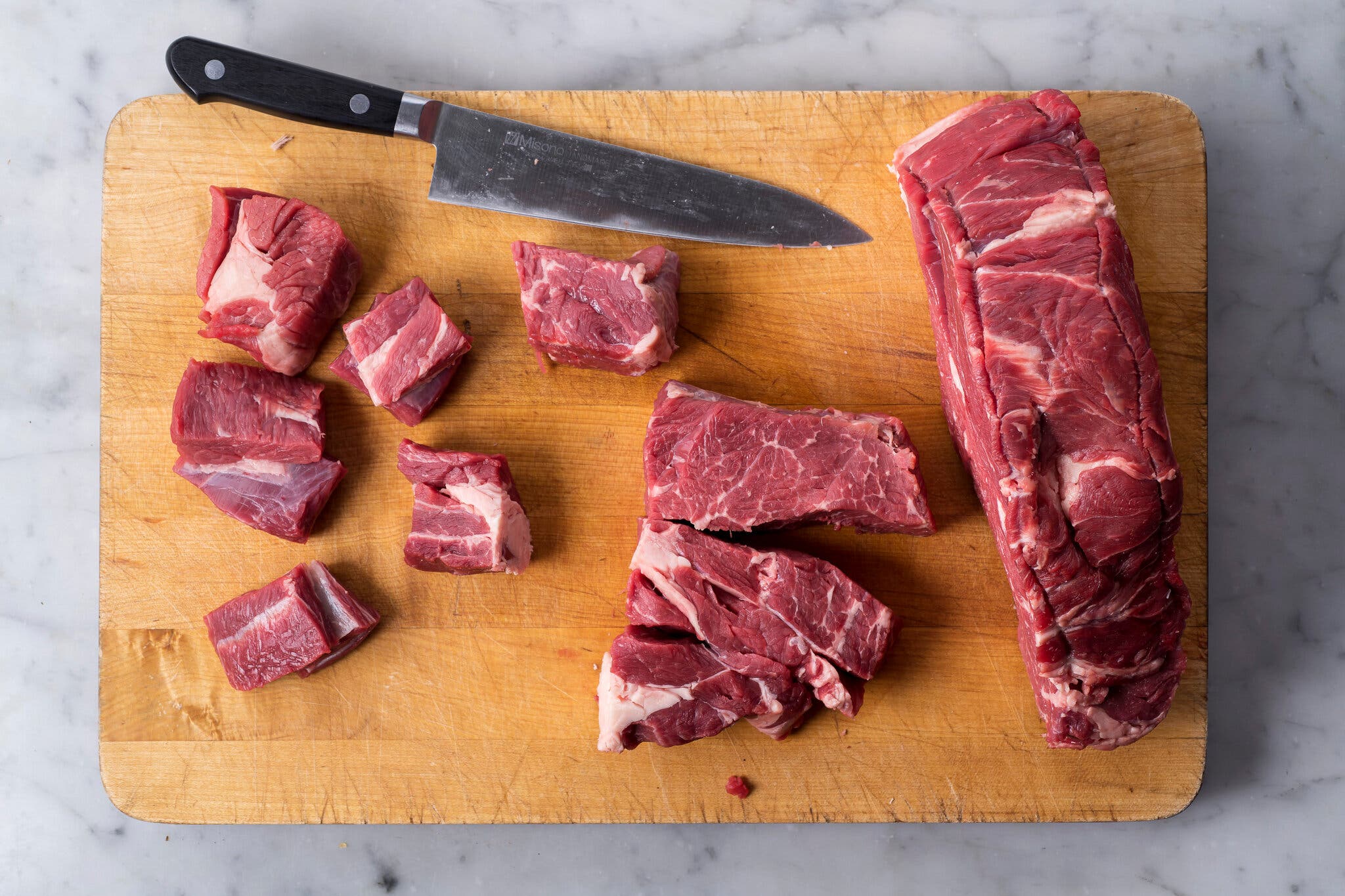
Karsten Moran for The New York Times
Beef
If swapping one cut of beef for another, try to substitute tough cuts (like chuck, brisket or round roast) for other tough cuts, and tender cuts (like strip steak, flank steak or filet mignon) for other quick-cooking cuts. You can also use lamb in place of beef in many recipes, though its flavor is more assertive.
Ground Meat or Fresh Sausage
Both can step in for each other. Remove sausages from their casings, and cook them as ground meat. Or, to create a substitute for sausage, flavor plain ground meat with red-pepper flakes, fennel seed, Italian herbs and other seasonings. You can also use any kind of ground meat interchangeably: Use ground pork for ground beef in meatballs, or ground chicken for ground turkey in a larb, for example. But bear in mind the fat content: If cooking with ground beef, chicken, turkey or veal, you might want to add extra oil to provide fat.
Pork
Look to beef as a stand-in: Bone-in pork chops cook in roughly the same time as steaks of similar thickness (simply use a meat thermometer to gauge doneness), and cubed beef stew meats will cook at a similar rate as diced pork stew meat. Cubed chicken would also work, but you’ll need to reduce cooking times.
Chicken
Substitute whole boneless, skinless breasts for boneless, skinless chicken thighs: Just butterfly the breasts or pound them thinly to achieve a similar thickness of thighs. (You may also need to adjust cook time.) If substituting bone-in, skin-on thighs, increase the cook time. Ground turkey or turkey breasts can also yield similar results as their chicken counterparts.
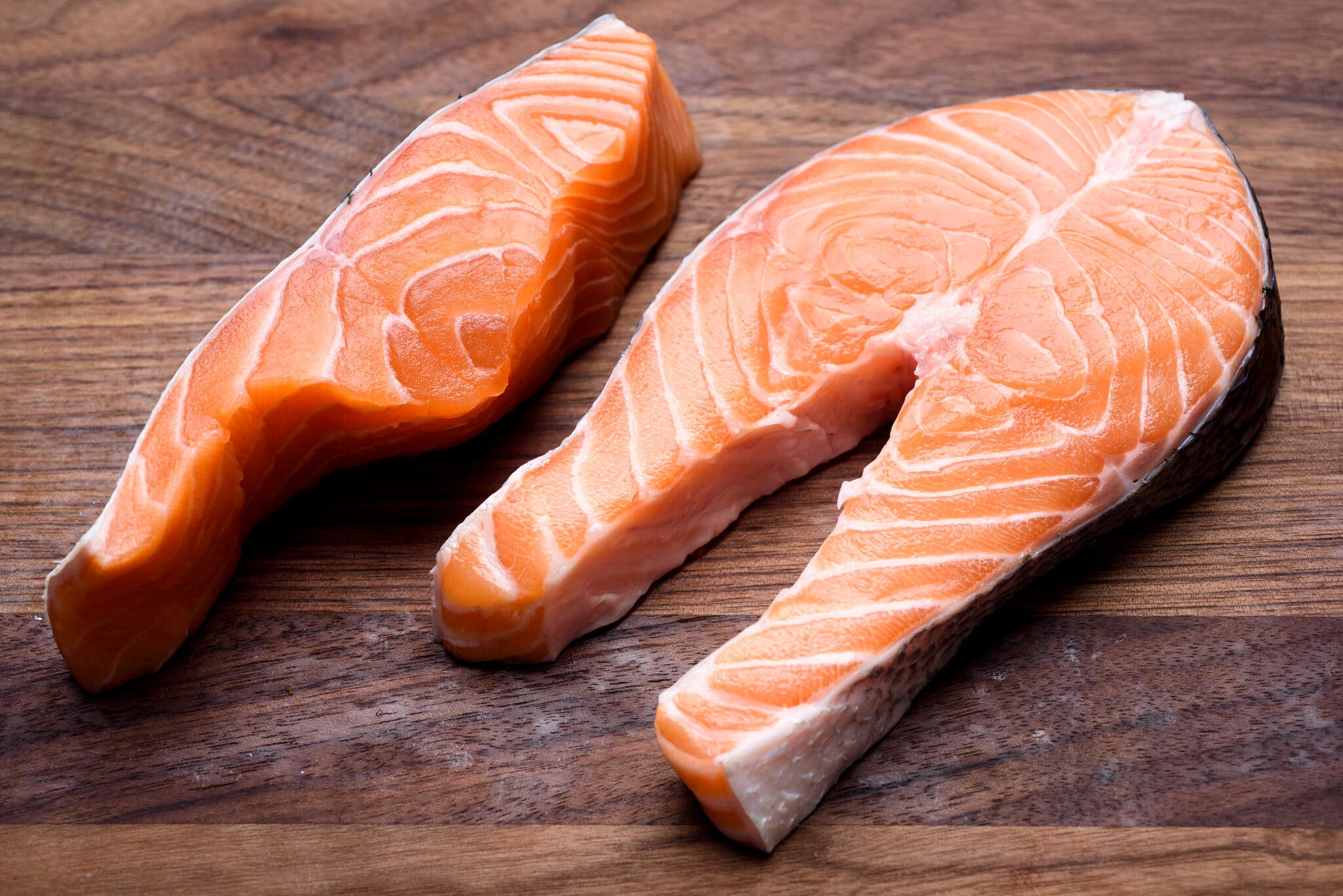
Karsten Moran for The New York Times
Seafood
Most fish fillets are either lean (bass, catfish, cod, flounder, halibut, monkfish, red snapper, skate, sole, tilapia) or fatty (char, mahi-mahi, salmon, swordfish, tuna). Substitute lean for lean, and fatty for fatty.
Fresh or frozen shrimp cook very quickly at similar rates and benefit from quick, high-heat cooking methods. Depending on your recipe, fish fillets or small pieces of meat or poultry might also be suitable substitutes.
Oils and Fats
Oils and fats all have a temperature at which they begin to burn, called a smoke point: Neutral oils with high smoke points won’t burn when exposed to high temperatures (as in deep-frying or pan-frying), whereas butter and other solid fats (with low smoke points) burn easily. Here, oils and fats have been grouped into three categories with that in mind. While many of the oils and fats in each category are interchangeable, you’ll want to consider flavor and smoke point when choosing a substitute.
Neutral oils
High: Canola oil, coconut oil, corn oil, grapeseed oil, peanut oil and vegetable oil.
Flavored oils
Medium-high: Avocado oil, nut oils, olive oil, sesame oil, sunflower oil.
Solid fats
Low: Bacon fat, butter, chicken fat, lard, margarine and vegetable shortening. Solid when refrigerated but liquid when hot, ghee (clarified butter) has a very high smoke point similar to neutral oils.
Stock
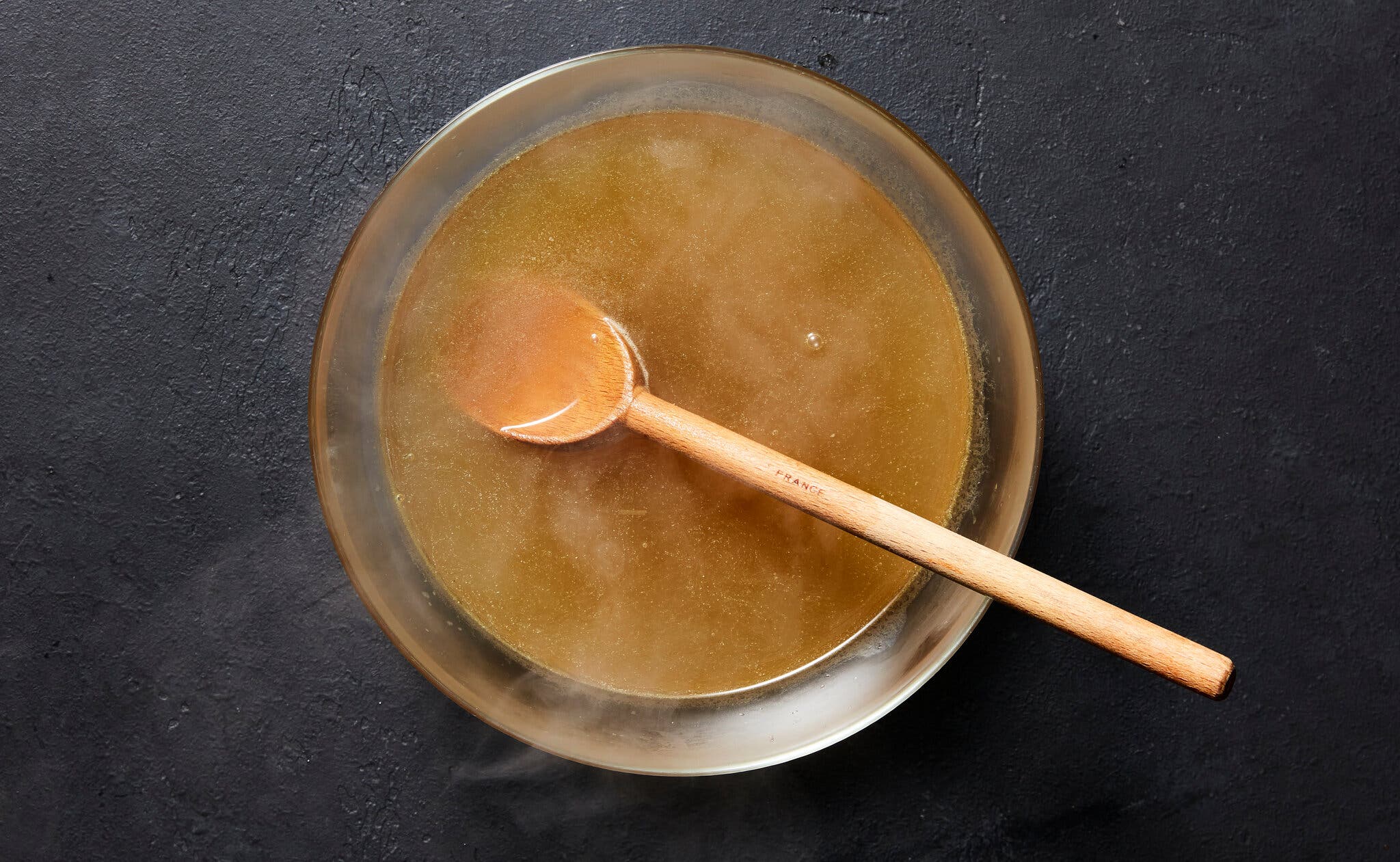
Christopher Testani for The New York Times
Though stock improves flavor, its primary purpose is to add liquid. If the recipe calls for a little stock, you can substitute water. If the recipe calls for a lot of stock, use water seasoned with beer or white wine, juice (such as orange juice or apple juice), melted butter, milk (dairy, coconut, nut or soy milk), miso paste, mushroom stock (liquid from soaked dried mushrooms), olive oil, soy sauce or tea, keeping the flavors of your recipe in mind. Start small and taste as you go, since some items skew significantly sweet or salty.
Greens

Karsten Moran for The New York Times
When choosing a substitute, consider flavor and texture (Are your greens bitter or mild? Sturdy or tender?) and its use. Tender greens are often consumed raw while sturdy ones might need to be cooked longer. When cooking, simply add the greens earlier or later as needed.
-
Mild and tender: Chard, lettuce, mâche, mesclun, spinach, tatsoi
-
Mild and firm: Bok choy, cabbage, collard greens
-
Bitter and tender: Arugula, endive, frisée, mizuna, radicchio, radish greens, watercress
-
Bitter and firm: Escarole, kale, mustard greens, turnip greens
Vegetables
Substituting vegetables can be tricky and depends largely on taste. But some can definitely step in for others — say brussels sprouts for broccoli. Just bear in mind texture, moisture content and density. We’ve broken common vegetables up into two categories, based on cook times: Many in the same category cook at a similar rate, but if you’d like to substitute a firm vegetable for a quick-cooking one or vice versa, increase or decrease cook time by adding the ingredient earlier or later in your recipe.
Quick-Cooking (Less Dense)
Asparagus, cabbage (bok choy, broccoli, broccolini, brussels sprouts, cauliflower, kale), celery, corn, eggplant, fennel, mushrooms, peas, peppers, summer squash, zucchini.
Slower-Cooking (More Dense)
Root vegetables (beet, carrot, celery root, parsnip, potato, sweet potato, turnip), winter squash (such as butternut squash, delicata, kabocha, pumpkin).
Alliums
Leeks, onions (red, white or yellow), scallions, shallots and spring onions are largely interchangeable. (Garlic’s pronounced flavor makes it difficult to find an exact substitute.) Garlic and onions are available in dried form (powdered, granulated or dehydrated as flakes), which are infinitely more potent — and can skew bitter if overused. Substitute dried ingredients in place of fresh with moderation, and only when the fresh is called for in smaller quantities rather than bulk.
Herbs
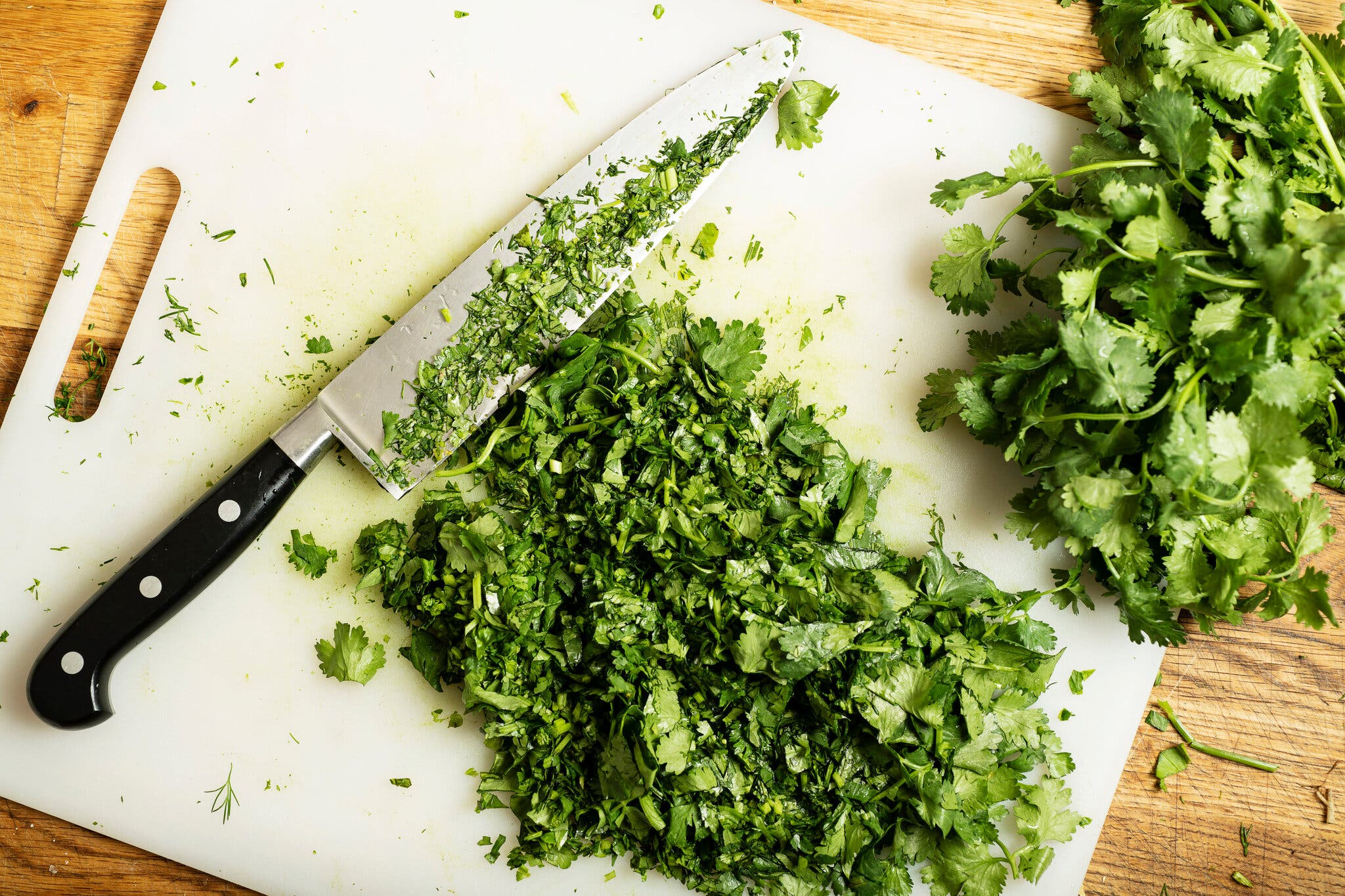
Karsten Moran for The New York Times
Fresh herbs fall into two categories: tender, bright herbs (basil, chervil, chives, cilantro, dill, mint, parsley and tarragon), which are most flavorful when fresh, or woody, savory herbs (bay leaves, marjoram, oregano, rosemary, sage and thyme), which are better dried. Since dried herbs are more potent, substitute 1 teaspoon dried for 1 tablespoon chopped fresh. In general, you can swap one tender herb for another (or vice versa), but substituting a woody herb for a tender herb (or vice versa) works less well. Rely on preference and availability when picking a substitute.
-
Basil: Chervil, cilantro, dill, Italian seasoning, oregano, mint, parsley
-
Bay leaves: Herbes de Provence, oregano, rosemary, sage, thyme
-
Chervil: Basil, dill, parsley, tarragon
-
Chives: Cilantro, garlic powder, onion powder, parsley
-
Cilantro: Basil, chives, parsley, mint
-
Dill: Basil, chervil, mint, parsley
-
Marjoram: Herbes de Provence, Italian seasoning, oregano, rosemary, sage, thyme
-
Mint: Basil, cilantro, dill, parsley
-
Oregano: Bay leaves, herbes de Provence, Italian seasoning, rosemary, thyme, sage
-
Parsley: Basil, chervil, chives, cilantro, dill, Italian seasoning, mint, tarragon
-
Rosemary: Bay leaves, herbes de Provence, oregano, thyme, sage
-
Sage: Bay leaves, herbes de Provence, oregano, rosemary, thyme
-
Tarragon: Chervil, parsley
-
Thyme: Bay leaves, herbes de Provence, oregano, rosemary, sage
Spices
Most spices can be grouped into four flavor profiles: earthy, floral, peppery and warm. You’ll often be able to substitute a spice that hits the same notes by picking one with the same qualities.
-
Earthy: Curry powder, garlic powder, onion powder, turmeric, Vadouvan, za’atar
-
Floral: Cardamom, coriander, fennel, lavender, nutmeg, saffron, star anise
-
Peppery: Allspice, ground ginger, peppercorns, mustard powder, sumac
-
Warm: Cinnamon, chile (dried), chili powder (blend), cloves, cumin, nutmeg, paprika
When it comes to spice, there is ample room for experimentation. Consider layering flavor carefully by seasoning lightly at the start of cooking so the end result is subtle, that way you can increase the spice to taste, if desired, once your dish is fully cooked.
-
Allspice: Combine cinnamon, cloves and nutmeg, or use any one of the three
-
Cardamom: Coriander, fennel, ginger, lavender
-
Cayenne: Aleppo pepper, chili powder, dried chiles, hot sauce, paprika, red-pepper flakes, sumac
-
Chili Powder: Combine paprika (sweet, hot or smoked), onion powder, garlic powder, cumin, oregano and cayenne or red-pepper flakes; or use another warm spice, such as cayenne, cloves, cumin, nutmeg or paprika (sweet, hot or smoked)
-
Cinnamon: Allspice, apple pie spice blend, cloves, coriander, nutmeg, pumpkin pie spice blend
-
Cloves: Allspice, cinnamon, nutmeg, black pepper
-
Coriander: Cardamom, cinnamon, fennel, nutmeg, saffron, turmeric
-
Cumin: Chili powder, coriander, curry powder, garlic powder, onion powder, turmeric
-
Ginger: Allspice, cinnamon, cloves, coriander
-
Nutmeg: Allspice, cinnamon, cloves, ground ginger
-
Paprika: Cayenne, chili powder, curry powder, black pepper
-
Turmeric: Curry powder, garlic powder, onion powder, Vadouvan, za’atar
Alcohol

Tony Cenicola/The New York Times
Does the alcohol in your recipe play a very specific role, like keeping a pie crust moist and flaky in this pie dough, or getting set on fire in a steak Diane? If so, any substitute would inevitably alter the recipe. But most of the time, alcohol adds some combination of acidity, sweetness, moisture and effervescence to savory dishes — and can easily be swapped. Nonalcoholic spirits, beer and wine, of course, are an easy and direct substitute, especially as their ranks have improved and expanded in recent years. But you can also look to the chart below. If using a nonalcoholic substitute, pick one with a similar or complementary flavor profile, keeping in mind volume and potency. Note that cooking with nonalcoholic wine, beer or spirits may affect cook time, since alcohol evaporates faster than water.
Light Alcohols
White wine, white/dry vermouth, sake, light beer, sparkling wine or Champagne and more can often be used interchangeably. But if avoiding alcohol, you can swap in stock, apple juice, (nonalcoholic) ciders and ginger beers, tea, ginger ale, seltzer (plain or flavored), fresh citrus juice (lemon, orange, grapefruit, etc.), or light vinegars, diluting as needed.
Dark Alcohols
Red wine, dark beer, red/sweet vermouth, port or sherry and other similar drinks can also often be used interchangeably. But if avoiding alcohol, you can swap in pomegranate juice, cranberry juice, dark vinegars or molasses, diluting as needed.




